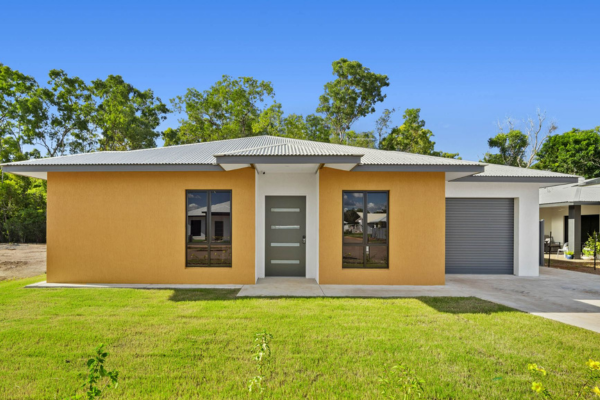
How to Recognize a Lemon in the NDIS SDA Market
Investing in Specialist Disability Accommodation (SDA) as part of the National Disability Insurance Scheme (NDIS) offers a unique opportunity to combine financial returns with social impact. However, like any form of investment, it’s not without its risks and challenges. The last thing you want is to invest your hard-earned money into a “lemon”—a property that may look promising on the surface but is a poor investment in the long run. To help you navigate this specialised market, here are some key factors to consider to ensure you’re making a wise and informed investment.
The Importance of Compliance Standards: More Than Just a Checklist
When considering an investment in an SDA property, one of the first and most critical factors to examine is whether the property meets the stringent compliance standards set forth by the NDIS. These standards are not merely bureaucratic hurdles; they are designed to ensure that the property is safe, accessible, and suitable for people with various disabilities. A property that fails to meet these standards is not just a bad investment; it’s a potential legal and ethical liability. Always double-check all certifications, consult with experts in the field if you’re unsure, and perhaps even consider getting a second opinion to ensure that the property is genuinely up to par.
Does It Blend? Aesthetic Harmony and Neighborhood Compatibility
While the functional aspects of an SDA home are paramount, the aesthetic appeal should not be overlooked. An SDA property that clashes with its surrounding environment can be a significant red flag. You want your investment to stand out for its quality and features, but it should also blend in aesthetically with the neighbourhood. A home that doesn’t harmonise with its local surroundings can be less appealing to potential tenants and could even affect its long-term resale value. Therefore, consider the architectural style, landscaping, and even the color scheme as part of your investment evaluation.
Tenant Choice: Empowerment Through Options
The NDIS has empowered tenants by giving them a voice in choosing where they live. This choice means that tenants can opt for homes that meet their specific needs, lifestyle preferences, and aesthetic tastes. If the property you’re considering lacks universal appeal in terms of its layout, accessibility features, and overall comfort and ambience, you run the risk of it sitting vacant for extended periods. A vacant property is a non-performing asset that can quickly turn into a financial drain. Therefore, always consider the tenant’s perspective and needs when evaluating potential SDA investments.
Broad Appeal for Future Sales: Versatility is Key
While your immediate goal may be to provide quality SDA accommodation, it’s also crucial to think about the property’s long-term investment potential. Would the property be attractive to a broad range of buyers, such as owner-occupiers or the typical ‘mum and dad’ investors? A property that appeals to a diverse audience will be easier to sell if you ever decide to liquidate your investment. This broad appeal offers you greater flexibility and options in your long-term investment strategy, making it a more resilient asset in your portfolio.
Have an Exit Strategy: Planning for the Long Haul
Investing in property without a clear exit strategy is akin to sailing without a compass—you might get lucky and find your way, but you’re taking an unnecessary risk. When considering an SDA property, look for one that can be easily adapted or converted for other uses. A home that’s too specialised or overtly tailored to disability accommodation may require significant changes to make it marketable to a broader audience. These changes can be both costly and time-consuming, severely limiting your options if you ever need to pivot your investment strategy.
By keeping these comprehensive factors in mind, you can better navigate the complexities and nuances of the NDIS SDA market. The goal is not just to find a property that meets immediate needs but to invest in a home that will stand the test of time, offering both financial returns and a lasting positive impact on the community.
